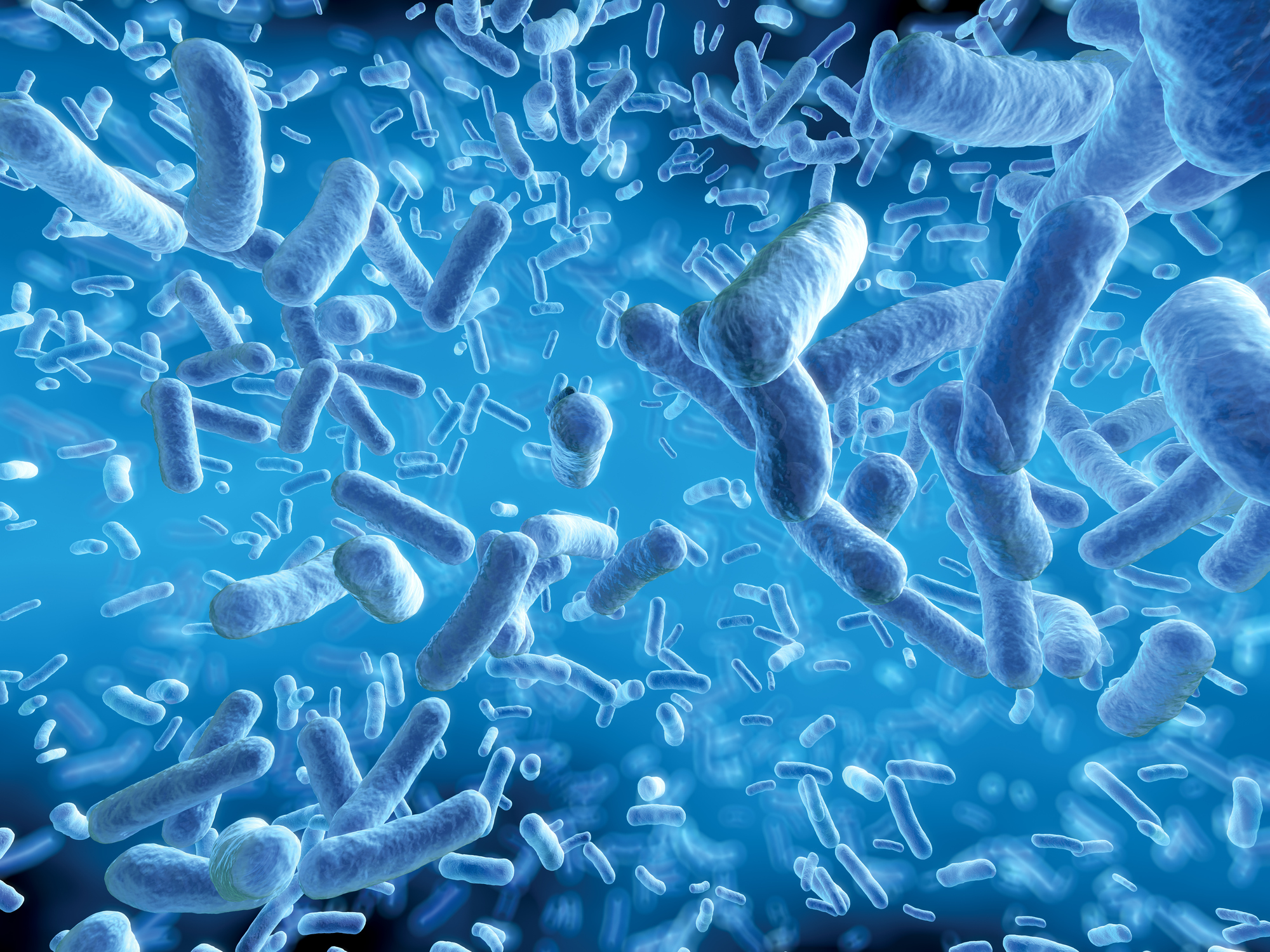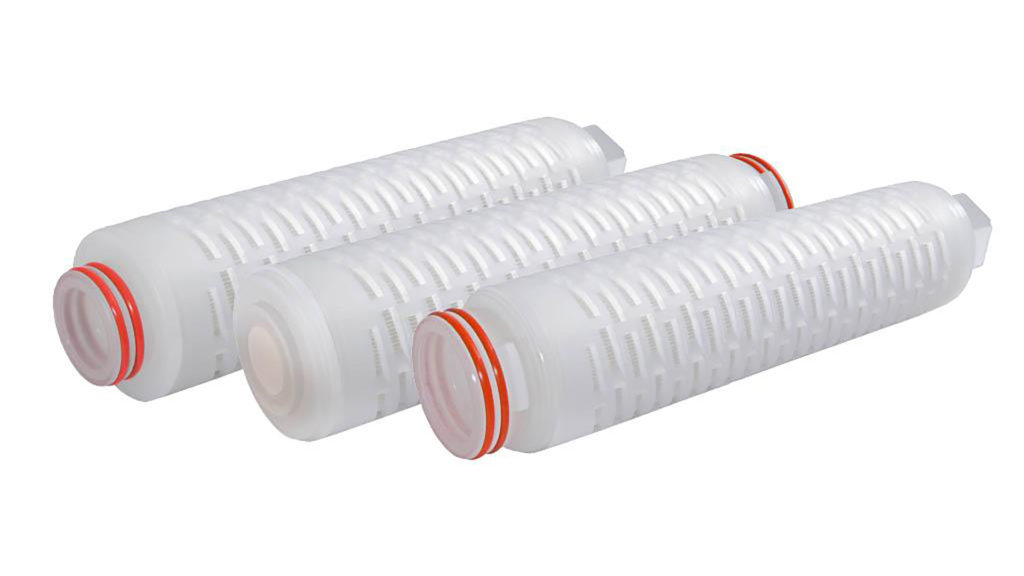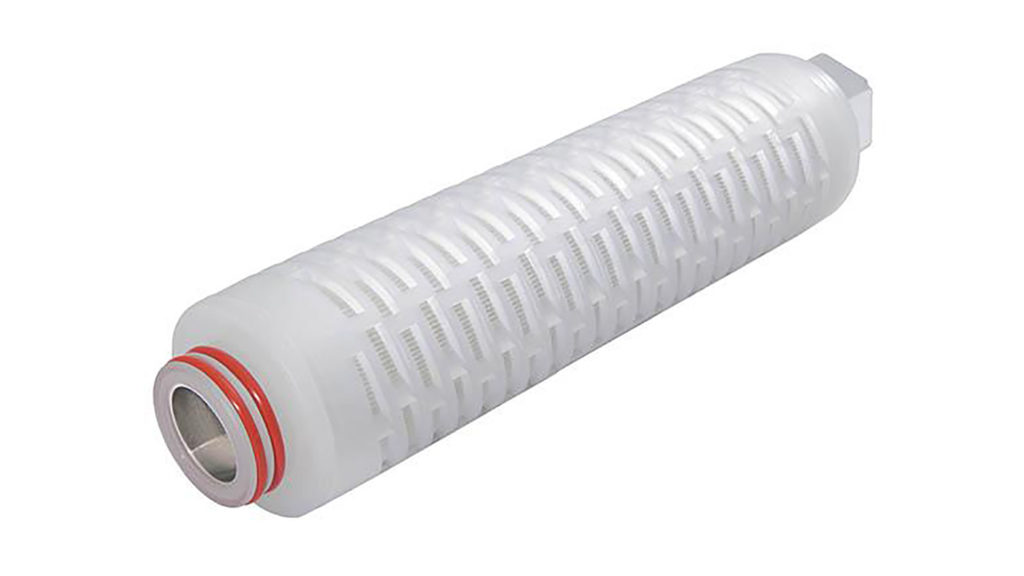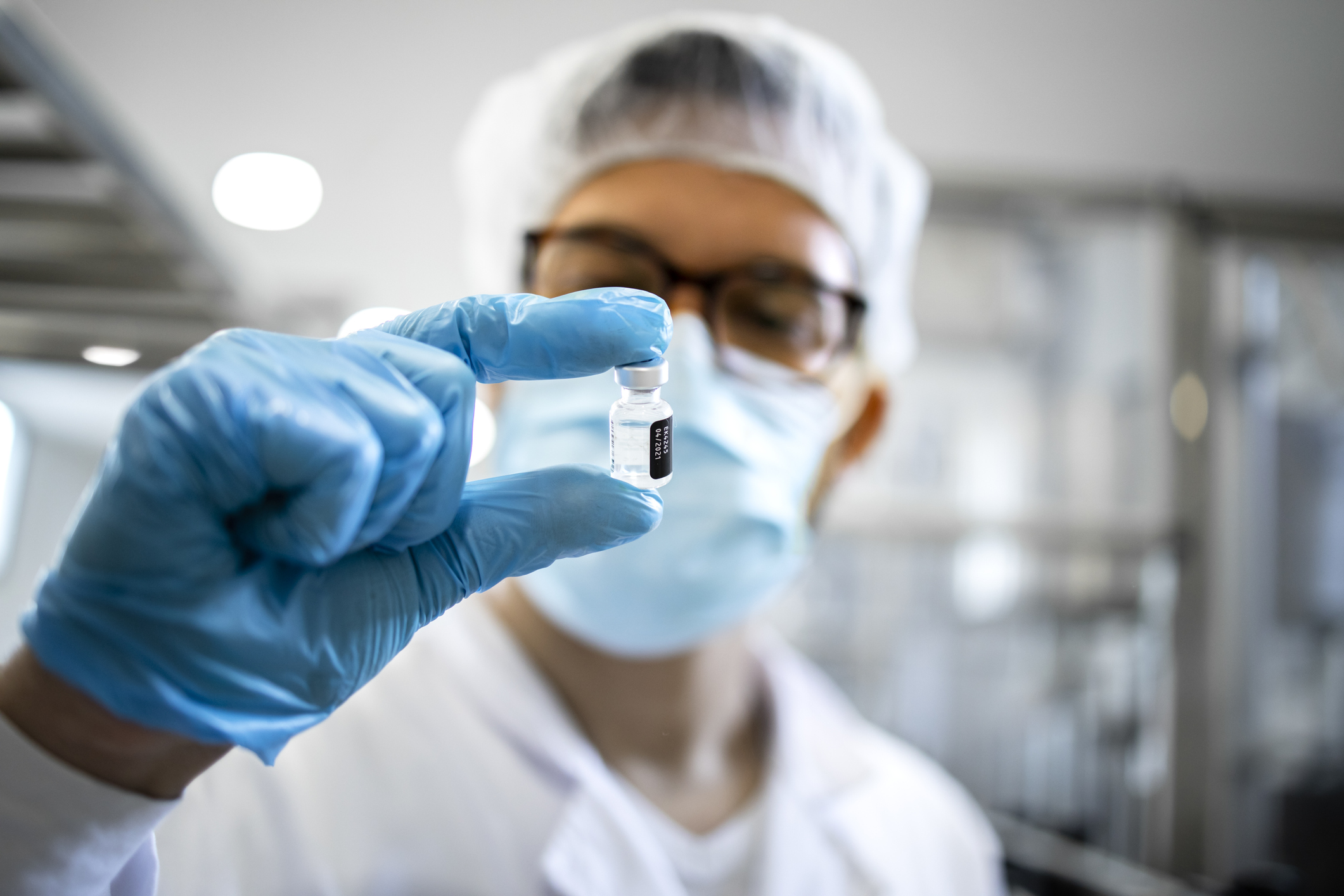
Bioburden Reduction Filtration
Bioburden reduction filtration is a crucial filtration step that reduces the amount of microorganisms in a process. It is important in the pharmaceutical industry as microorganisms can pose a serious risk to product quality and patient safety.
What is Bioburden Reduction Filtration?
Bioburden refers to the population of viable microorganisms that may be present in raw materials, intermediates, or finished products. Bioburden reduction filtration is the systematic process of removing or reducing these microorganisms to levels that take as much strain as possible off the next filtration stage (which may be final/sterilizing filters). It typically focuses on a narrow range of sub-micronic microbial contaminants (0.8 microns to 0.2 microns). Bioburden reduction is a vital step to mitigate the risk of contamination, maintain product integrity and, improve process efficiency.
Applications of Bioburden Reduction in the Pharmaceutical Industry
The main applications of bioburden reduction filters in the pharmaceutical industry include:
- Active Pharmaceutical Ingredient (API) Manufacturing: Bioburden reduction is used in the production of APIs to remove most microorganisms from raw materials and intermediates. Ensuring the purity of APIs is essential to prevent contamination and ensure consistency and safety in the final drug product.
- Sterile Drug Formulation: For drugs that need to be sterile, such as injectables or ophthalmic solutions, bioburden reduction protects downstream sterile filters from clogging, thus increasing service life & throughput. It also protects the drugs and patients from contamination.
- Vaccine Production: Vaccines are highly sensitive to contamination; bioburden reduction is employed to reduce contaminants and help ensure the sterility and safety of vaccine production.
- Biopharmaceutical Manufacturing: Biopharmaceuticals, including monoclonal antibodies and recombinant proteins, require aseptic conditions for production. Bioburden reduction is used to help maintain the sterility of the production process.
- Oral Solid Dosage Forms: Even in oral dosage forms like tablets and capsules, ensuring that the raw ingredients are free from contaminants is vital. Bioburden reduction is typically used upstream in these processes to help maintain quality.
This list is not all-inclusive. There are many other applications for bioburden reduction filters in the pharmaceutical industry.
Benefits of Bioburden Reduction Filtration
Bioburden reduction filtration brings several significant benefits to the pharmaceutical ingredient manufacturing process. It helps maintain product quality and shelf life, reduces the risk of recalls due to contamination, improves process efficiency(lowers production costs) and enhances safety for both patients and consumers. Compliance with regulatory standards is a non-negotiable aspect of this highly regulated industry.
Bioburden Reduction Filter Recommendations and Considerations
A bioburden reduction filter is typically a pleated membrane filter that is rated between 0.8 and 0.2 microns and precedes the final, sterile filter.
To determine the impact of a bioburden reduction filter, the user must first determine the contaminant distribution ( size and concentration). Once the contaminant range has been identified, the user can install a filter that will target the removal of the majority of the bio-load. This will allow for the final, sterile filter to act as a polishing stage, removing only the remaining contaminants.
Another method of bioburden reduction is employing serial-layer filtration. This can be done by utilizing a pleated depth prefiltration layer, followed by a tighter-rated membrane or two layers of membrane with the downstream layer tighter than the upstream.
Recommended Bioburden Filters
Global Filter recommends multiple products that can act as effective bioburden reduction filters depending on filtration goals and material compatibility with raw ingredients, intermediates, or finished products in the process.
Bioburden Reduction Filters
BRPES-Series: Polyethersulfone pleated membranes that are an extremely effective prefilter/bioburden reduction filter to a sterilizing stage.
BRHNY+-Series: Nylon pleated membranes that are highly effective in capturing submicronic particulate. This series offers the ability to remove bacterial endotoxins in addition to bioburden reduction.

Serial-Layer Bioburden Reduction Filters
GDPES-Series: Polyethersulfone pleated membranes that feature a microglass prefiltration media layer to extend filter life.
GSPES-Series: Polyethersulfone pleated membranes that featured a larger micron-rated prefiltration layer. Provide superior throughput while protecting sterilizing filters.



